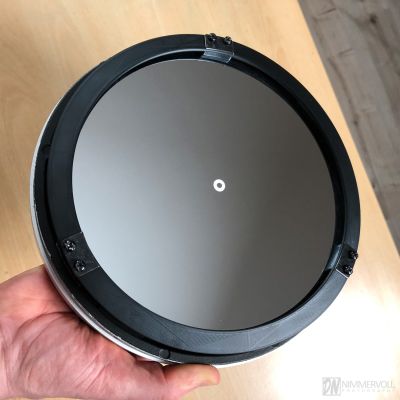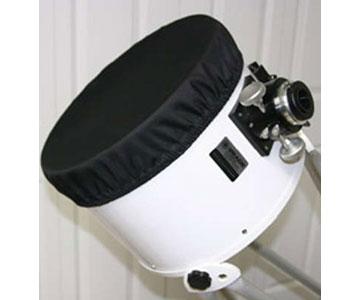I should have added that the image doesn't only have duo NB data but I merged RGB stars into it. And if you have a closer look you will notice that my masking has been far from perfectadmin wrote: ↑Thu Jan 20, 2022 10:36 pm With the image at hand, I cannot readily observe detailed diffraction patterns (which is a useful cue in itself!). At full resolution, there appears some blotchiness to the outlines of stars, and it is clear the stacker was unable to properly align the two channels (causing differently colored fringing).
Probably I have a wrong definition of diffraction pattern in my head. Apart from the spikes which are diffraction patterns (right?) I see a lot of light from the star that's reaching almost to the end of the spikes.
See the blue star on the left. I guess this comes from some kind of diffration. Accordingly I thought this might qualify as a pattern. Probably not? Does pattern only describe these rainbows in the spikes from Newtonians?
What I am wondering is, where does this thing come from? Is it light diffracted by the secondary mirror? Is this an unusually big surface covered since I don't see this in other images? If I stretch manually with curves in PS the stars do not show this "pattern" so heavily than with AutoDev. But since I guess it's true signal that's rather a feature of ST than a bug, right? Can I modify my imaging train so that the area gets smaller?
I get that. But have a look at this little guy:admin wrote: ↑Thu Jan 20, 2022 10:36 pm You don't need star cores to be overexposed to appear colorless! You just need - after color balancing of course - star cores to be of equal brightness across all channels (as an 8-bit example, R:G:B 64:64:64 will appear just as colorless as R:G:B: 255:255:255). No matter how little or much you stretch something that is colorless, it will remain colorless.
The center looks pretty white to me and the outer areas rather blue. The center has RGB ratios of 150:211:250, a bit farther away you get 47:145:220. So red isn't overexposed in the center, blue is close. Outside of the center blue stays high, red gets down rather fast so it appears more blue than the center. But I would have thought the center would be less bright, but it's obviously already near the 1:1:1 ratio. Or ST fades to white since G and B are already near the top. That's an interesting bit of information on ST!
The balls around the stars is exactly what I am after, MikeMike in Rancho wrote: ↑Thu Jan 20, 2022 10:46 pm That said, I think it's a couple things here. One is sort of the diffraction "halo" (just for Ivo!) around the star - the smaller spikes radiating out in all directions. Perhaps depending on seeing and atmosphere, that region dances around a bit, thus filling it in as sort of a ball around the star.
By the way, do you have an aperture ring around your primary mirror in order to cover the mirror holders? If not, this might be something to consider. It massively improved the star shapes in my images.
Regards
Stefan






